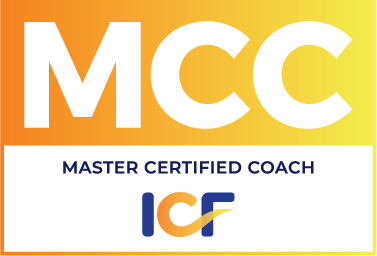Let’s discuss step #6, Teach. You will remember that “enrollment” is a way of supporting another person by offering a product, a service, or simply a solution; a way of communicating with another person that inspires them to move forward with something they want by using something you have. Enrollment is a way to interact with others so that they want to work with you. (As always, I am indebted to Source Point Training Co. for introducing me to this concept.)
If you haven’t done so already, you may want to read the previous parts of this series:
- Sell Without “Selling,” Part I – Enrollment
- Sell Without “Selling,” Part II – Rapport
- Sell Without “Selling,” Part III – Engage
- Sell Without “Selling,” Part IV – Asking Curious Questions
- Sell Without “Selling,” Part V – Listen
- Sell Without “Selling,” Part VI – Internalize
This is the REALITY model of enrollment:
Rapport – Create rapport, build trust.
Engage -- Be genuinely interested and focused on the other person.
Ask -- Ask questions to clarify the other person’s desired outcomes.
Listen – Listen closely for what is important to him or her.
Internalize - Understand the other person and what she wants and needs before you explain what you have. Be sure what you are offering fits the need.
Teach - Show the other person that what you are offering will lead to the outcome they desire.
Yes! – Gain commitment and action.
To review, the first step even before engaging in the enrollment process, is to ask yourself, “what do I want to enroll this person IN?” It is important to know this and be intentional about your efforts.
Teach
So you’ve got rapport – they are comfortable with you. You are engaged and they can see it – your phone is off (not just turned over); the screen and sound on your computer is off; you are looking right at them and not distracted. You are asking curious questions and listening. You have found out what they need. You have internalized – looked inside – and decided your product/service is what they need. Now is your chance. Now you get to talk. 80% of enrollment is listening. 20% is speaking. It’s your turn to speak.
In this step your goal is to teach them about your product or service so that they want to buy it. If you were a traditional salesperson, you would have started teaching from the beginning, before you even really knew what they wanted. If you were a traditional salesperson, you might have a script. But you aren’t a traditional salesperson. You are engaging in a much more natural form of communication. You know what your product/service does. Since you have asked a lot of questions and you have listened closely to the answers, you are now in a position to explain exactly how your product meets their need. It is like putting together a puzzle. You have to fit the pieces together to make a whole picture. You don’t just show your picture – an answer – one size fits all. The first puzzle piece is their need; the next piece is your product/service. How they fit together is how your solution fills their need. This paints the full picture.
For example, let’s take a mother who wants to enroll her child in cleaning his room. (Throughout this series, I have used many different types of enrollment conversations as examples. Do not dismiss this one as irrelevant simply because it is between a parent and child. The way this conversation goes is an apt example of how to enroll a client, secretary, etc.) The mother could start out in teach mode right away and tell him all the reasons his room should be cleaned: people are coming over and it looks bad; there could be bugs hiding in there; he’s growing older and needs to learn to clean his room. But instead of giving him her answers, she enrolls him.
Mom: What do you like about your room?
Child: I get to keep all my toys in here and Susie can’t touch them.
Mom: Why do you like that?
Child: I like to know my stuff is there so I can play with it whenever I want.
Mom: Do you ever have a hard time finding your toys when you want them?
Child: Yes.
Mom: Why do you think that is?
Child: I have a lot of stuff and it isn’t very organized.
Mom: What would be different if your room was organized?
Child: I could play with my toys whenever I wanted.
Mom: How could you start organizing your room?
Child: First I could throw the trash away.
Note that in “teach” she does not teach him her reasons for having a clean room. She asks questions that allow him to see there are reasons that a clean room will be better for him and for his reasons. The picture she wants to paint is not mom’s solution – clean room. It is child’s need (know where my toys are when I want them) and mom’s solution (clean room) put together, that complete the full picture. The added benefit is that now he wants to do it, sees the value in doing it, and probably will do it without constant nagging from mom.
Homework: Thus far, we have had you practice the steps separately. At this point you should practice enrollment as a whole. See if you can integrate the 6 steps we have covered so far. In December we will finish up with how to be sure people are enrolled in taking action. Meanwhile, see where you are proficient and where you need help.
Feel free to ask questions and post your experiences in the comments below.







